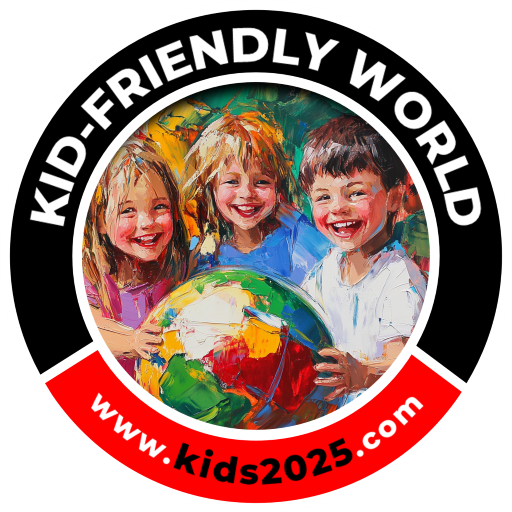Designing a Kid-Friendly World
Children experience the world in profoundly different ways than adults—and yet, most environments, from city streets to hotel lobbies, are designed with adult needs in mind. This course invites learners to reimagine communities, destinations, events, and services through the eyes of children and their families. It is grounded in the idea that when we design for children, we improve experiences for everyone.
Drawing from the Kid-Friendly World book, this course combines insights from child development, design, tourism, hospitality, planning, and public policy. Through a series of lectures and practical tools, learners will explore how physical, cognitive, emotional, and sensory needs shape children’s interaction with space—and how businesses, communities, and institutions can respond. You’ll gain an understanding of why kid-friendly environments matter, how to measure what works, and how to implement inclusive solutions that support families, strengthen communities, and grow economic opportunity.
Whether you’re a city planner, educator, hotel manager, tourism professional, architect, or parent advocate, this course is designed to help you create spaces and experiences that are not only functional and safe but also joyful, inclusive, and developmentally rich.

